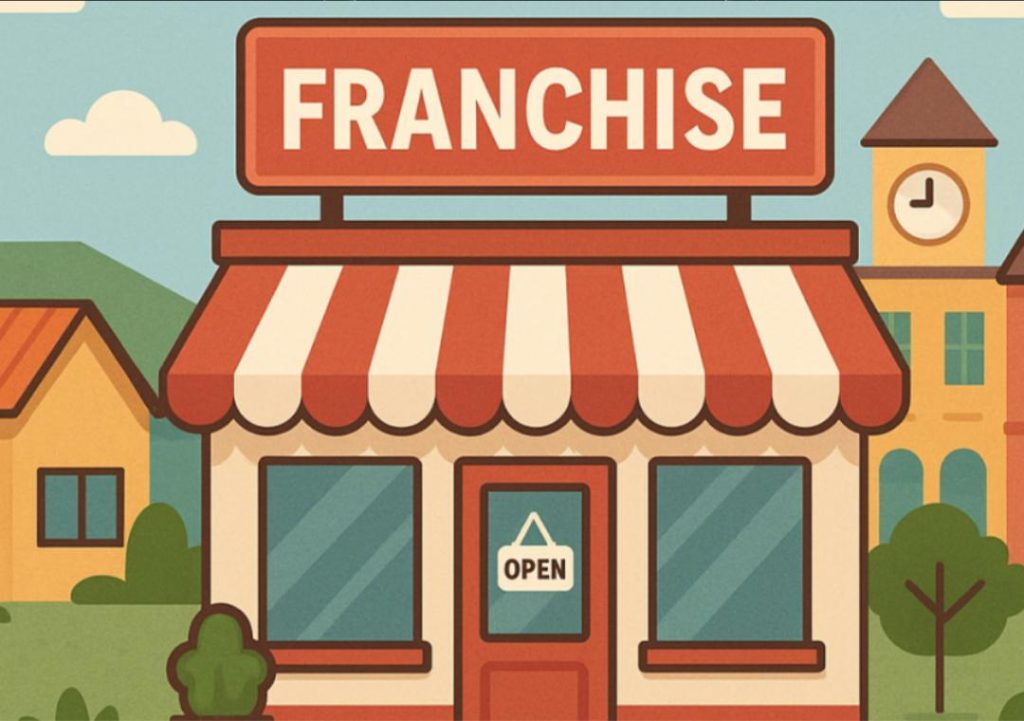
Franchise Models Fuel India’s Tier 2-3 Startup Growth, Here’s How
India’s startup ecosystem has been gaining momentum in recent years, with a significant focus on tier 2 and tier 3 cities. These emerging markets offer immense opportunities for entrepreneurs, with a large and growing consumer base. Among the various business models, franchise models have emerged as a popular choice for startups looking to penetrate deeper into these markets. In this blog post, we’ll explore how franchise models are fueling India’s tier 2-3 startup growth and the benefits they offer.
What is a Franchise Model?
Before we dive into the benefits of franchise models, let’s first understand what a franchise is. A franchise is a business model where a franchisor (the owner of a brand or business) grants a franchisee (an individual or company) the right to operate a business using the franchisor’s brand, products, and business systems. In return, the franchisee pays an initial fee and ongoing royalties to the franchisor.
According to Growth Jockey, a franchise model can be defined as “a business arrangement where a business owner (franchisor) allows another party (franchisee) to use their business model, products, and services, in exchange for a fee and royalties.” (Source: https://www.growthjockey.com/blogs/what-is-franchise-model)
Benefits of Franchise Models for Tier 2-3 Cities
Franchise models offer several benefits that make them an attractive choice for startups looking to expand into tier 2-3 cities. Here are some of the key advantages:
- Reduced Entry Barriers: Franchising reduces the entry barriers for entrepreneurs, as they don’t need to invest in building a brand from scratch. This makes it easier for them to enter the market and start generating revenue quickly.
- Scalability: Franchise models offer scalability, as franchisees can replicate the business model across multiple locations, increasing their reach and revenue.
- Brand Uniformity: Franchising ensures brand uniformity across geographies, which is critical for building a strong brand reputation.
- Less Risky Entry into Entrepreneurship: Franchise models offer a less risky entry into entrepreneurship, as franchisees can leverage the expertise and resources of the franchisor.
- Advantage of Working Under an Established Brand: Franchisees can benefit from working under an established brand with a proven business model, which reduces the risk of failure.
- Security of the Franchisor: Franchisees also enjoy the security of knowing that the franchisor is behind them, providing support and guidance throughout the business journey.
Examples of Franchise Models in Tier 2-3 Cities
Several franchise models have been successful in tier 2-3 cities, including:
- Domino’s Pizza: Domino’s has expanded its franchise model to tier 2-3 cities, offering a fast-food business model that requires minimal investment.
- Lenskart: Lenskart, an eyewear retailer, has expanded its franchise model to tier 2-3 cities, offering a low-cost business model that requires minimal investment.
- Subway: Subway, a fast-food chain, has a strong franchise presence in tier 2-3 cities, offering a business model that requires minimal investment.
- KFC: KFC, a fast-food chain, has expanded its franchise model to tier 2-3 cities, offering a business model that requires minimal investment.
Conclusion
Franchise models have emerged as a popular choice for startups looking to expand into tier 2-3 cities. By reducing entry barriers, offering scalability, and ensuring brand uniformity, franchise models offer a less risky entry into entrepreneurship. Franchisees can leverage the expertise and resources of the franchisor, while enjoying the security of knowing that the franchisor is behind them. As India’s startup ecosystem continues to grow, we can expect to see more franchise models emerging in tier 2-3 cities, offering opportunities for entrepreneurs and consumers alike.
Source:
https://www.growthjockey.com/blogs/what-is-franchise-model




